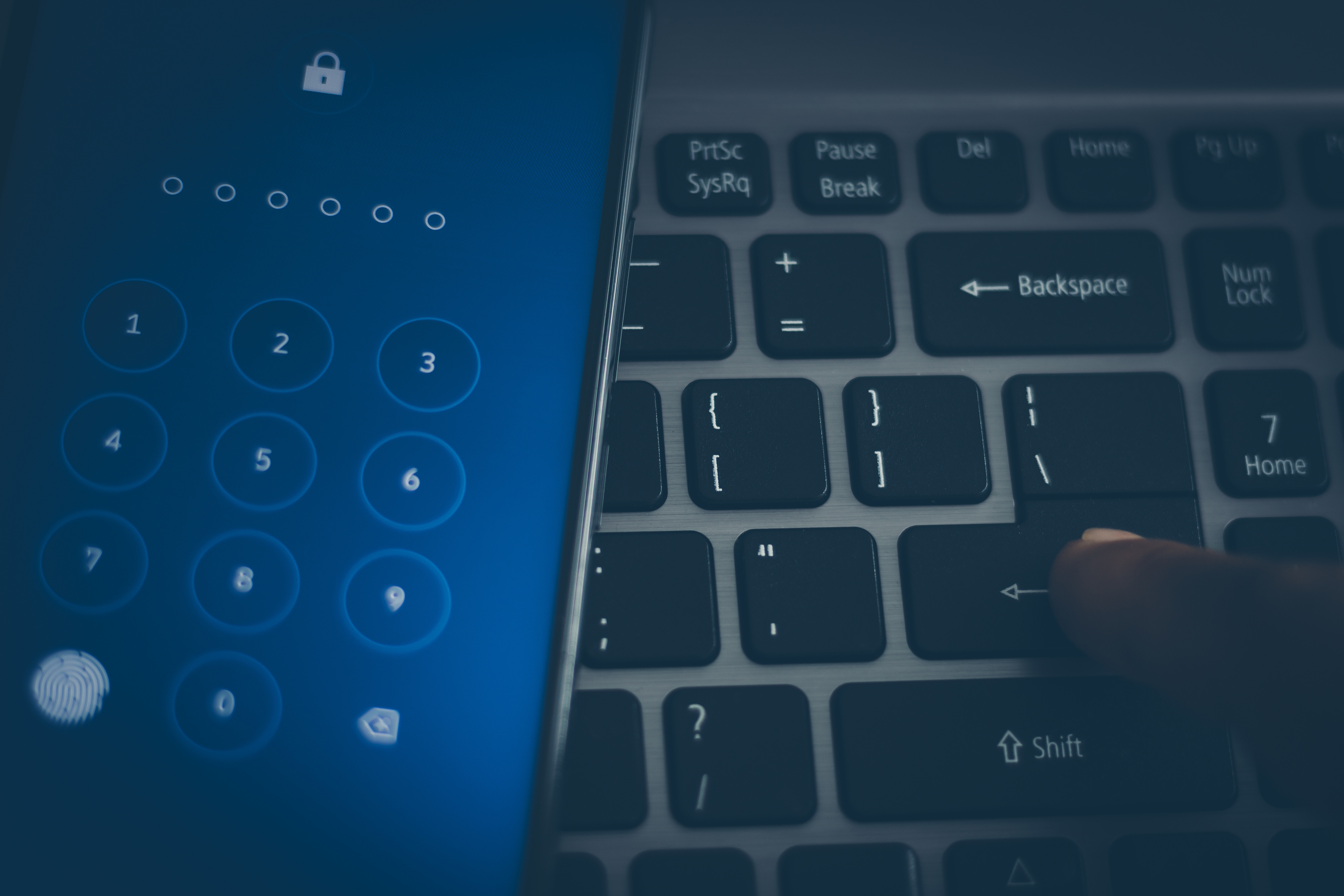As cyber-attacks become more sophisticated and the cost of a breach increases, contact centers are forced to explore more robust cybersecurity solutions.
Traditional authentication solutions were effective to a large extent when cyber attacks largely relied on technical vulnerabilities. But these days, most cyber attacks begin with social engineering. Conventional authentication solutions aren’t enough to deal with them, and contact centers must prioritize phishing-resistant authentication solutions to manage their cybersecurity risks.
In this article, we compare traditional authentication solutions with behavioral MFA and discuss how the latter is better suited to the needs of a modern contact center. Read along to learn more about their differences and how behavioral authentication is the future of authentication.
What Are Some Conventional Authentication Solutions That Contact Centers Have Used Traditionally?
Contact centers have employed diverse combinations of authentication solutions to secure their digital systems. In most contact centers, two-factor authentication is the standard mandated by regulations.
One of the most common solutions is 2FA apps. Once set up, these apps generate random codes that employees must enter to log in. The codes change every minute, and the smartphone is a key to the system.
Contact centers have also used OTP-based logins for their agents. Once the agent enters the correct password, the system will send an OTP as a text message or an email.
The most common solution deployed in contact centers is hardware tokens or physical security keys for authentication. These look like thumb drives and are plugged into a USB port. Once configured, users simply have to touch or press a button on the key every time they want to log in, and the key will enter an OTP or code.
Why Are Traditional MFA Solutions Not Robust Enough For Modern Cybersecurity Threats?
One main reason is that most MFA solutions require active participation from the user. They need the user to type in the password, open their phones for the 2FA codes, or plug in their security keys, which creates many security vulnerabilities.
Most data breaches begin with a social engineering element. Instead of finding a bug in the system or an unknown vulnerability, hackers trick users into letting them in. For example, hackers may call pretending to be tech support personnel and trick users into giving their passwords and 2FA codes.
Bad actors may also use prompt bombing to exploit MFA fatigue. By sending repeated MFA requests, they trick users into thinking their systems are glitched and allow sign-in. Agents may also accidentally let someone in by clicking the wrong button.
Another drawback with most MFA solutions is that they’re unsuitable for clean desk environments. Many contact centers have clean desk policies where agents cannot have phones or a notepad at their workstations. This reduces fraud risks and is commonly implemented where employees regularly access card data environments. However, it also prevents them from using 2FA apps.
Since these solutions require active participation from the agents, there’s also a limit on how often they can be expected to log in or enter their 2FA codes. If a bad actor gains access, they can remain undetected until the next MFA challenge.
How Does Behavioral MFA Work?
Behavioral MFA works as software behind the scenes to authenticate users. Once deployed, the solution continuously observes behavior in real-time, monitoring how agents type on their keyboards and move their mouse. At the same time, the software works behind the scenes to authenticate users. This data is analyzed and used to create unique profiles for each user.
Once a user has a profile, behavioral MFA observes how users type and move their mouse, compares that behavior to its model, and creates a trust score. A low trust score indicates that someone else is using the system, and their access will be removed.
IT admins can set up automated workflows that direct users to a fallback MFA if they cannot be authenticated or ask managers to approve their access and alert the IT department about behavioral mismatches or potential breaches.
What Are The Advantages Of Behavioral MFA Over Traditional Solutions?
The main advantage is that it minimizes the human factor. With behavioral MFA, the entire authentication process happens behind the scenes, and security only in the event of a behavioral mismatch. –this significantly reduces the possibility of phishing.
Behavioral MFA is also continuous, unlike other solutions, which verify identity only at defined intervals. Since Twosense continuously authenticates users' identities, it reduces the time to detection from six months to less than a minute.
Another advantage of behavioral MFA is that it is less likely to cause MFA fatigue and can keep users safe from accidentally allowing attackers in.
Behavioral MFA Is Better Suited For Contact Centers
Behavioral MFA is straightforward. It is simpler to deploy than other authentication solutions. It is compatible with the unique environments that contact centers have that traditional identity security solutions like 2FA and on-device OTPs cannot mitigate. Additionally, for hard tokens, organizations often need dedicated teams to issue the keys, manage stolen or lost keys, and collect them back when employees leave the organizations.
With Behavioral MFA, the entire solution is deployed as software and easily managed, reducing time and security costs.

.jpeg)

.jpeg)